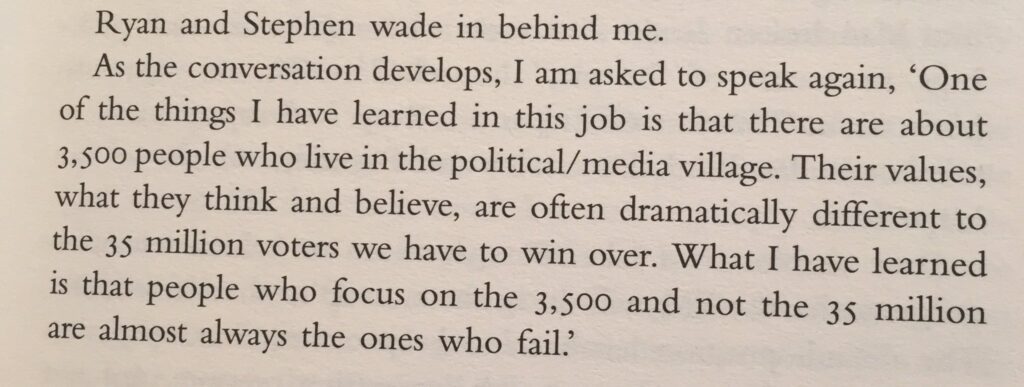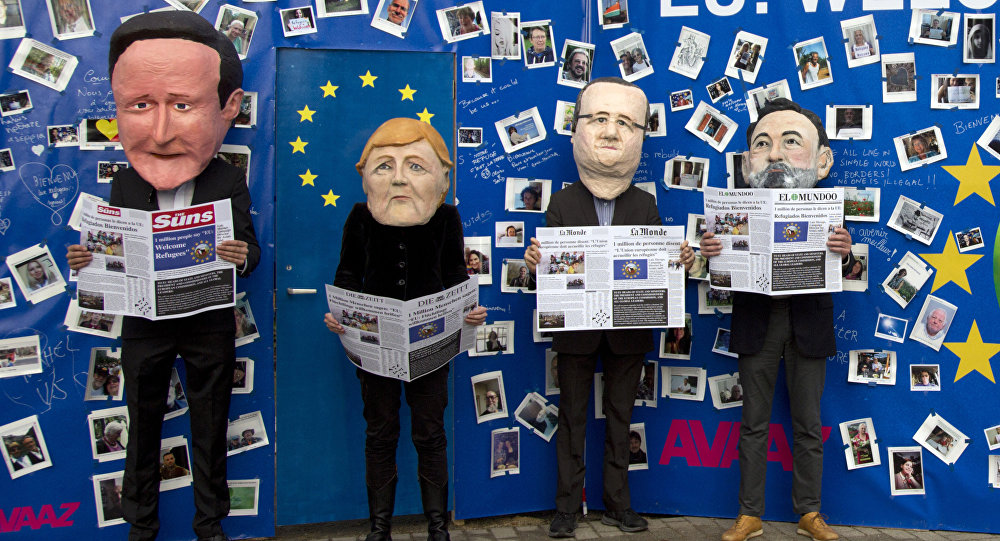2016 hasn’t been a great year (and at the end of it I’d encourage everyone to read this about how to make sure we’re looking after ourselves as campaigners) – but I’m convinced that there is learning for campaigners to take from any campaign – even if you passionately disagree with the outcome.
Let’s start with Trump
- Don’t underestimate what those on the ground are telling you – in a world of insight and data it’s easy to trust the model, but the unexpected victory of Donald Trump in November has led some to suggests that the Clinton ignored those on the ground who saw the threat coming – so much so they might have actually been mobilising people to vote for ‘The Donald’
- Everyone get’s excited about Twitter but Facebook is where it’s at – we might have all become obsessed with Trump’s tweets, but behind that Donald Trump was building a Facebook operation to target those who he needed to mobilise, but no one else could see those posts. It was the same in Australia, where the unseen Facebook campaign helped swing the election, or Brexit where the Leave campaign ‘served about one billion targeted digital adverts, mostly via Facebook’.
- Get creative about how you acquire the data you need – For Clinton it was via concerts to collect data to help mobilise key voter groups, for the Leave Campaign it was a competition to win £50m if you could predict the results of the European Football Championships. Both might be seen as gimmicks but they helped to collect data the campaigns needed.
- But if you are going to respond with protest have a clear theory of change – as this article there is both a science and an art behind successful protests. Want to get the low-down on what makes a protest work then these 10 social science insights are a good place to start
Don’t overlook what Bernie Sanders built
While he might have lost the Democrat Primary his organising model is likely to echo into future elections (this is a good summary and you should 100% read this).
- Make the most of armchair volunteers – Bernie didn’t just ask people to get involved in contacting voters, but his distributed organising model made the most of armchair volunteers – individuals who are happy to spend hours at home inputting data or staffing virtual help desks.
- Build a model that can scale – Sanders started as the underdog, he didn’t have lots of money or people so outside the first few states he had to build a distributed model that could scale. The principles can be adapted by other campaigning organisations as this Net Change report shows.
- Harness the power of mobile – If 2008 was the email election and 2012 was the Twitter election, I’m not sure what 2016 should be called, but the way that Bernie used mobile to engage with voters might be one of the lasting legacies.
Remember Brexit?
I wrote this shortly after the vote in June. I think lots of the insight still stands but 6 months later there are an abundance of people writing from inside the campaigns on what worked and didn’t work.
- Focus beyond the Westminster Bubble – I really enjoyed Unleashing Demons by former No 10 Communications chief Sir Craig Oliver. Although he was on the losing side this insight seems pertinent to all campaigners;

- Message discipline wins – Like it or not, but Vote Leave focused on a tight message about take back control, with the now dodgy £350m statistic at the heart of it. As Tom Waterhouse who worked on the Leave campaign writes they managed to get their message to stick in a way that the Remain campaign didn’t, and while the Remain campaign tried to focus on myth-busting, Jon Quinn suggests it’s an increasingly ineffective tool.
- Street stalls don’t win you elections – while they can be good for visibility, the Leave campaign focused on building an impressive operation to make sure they were targeting the right people rather than high profile but ultimately ineffective approaches. From gathering emails from those who fancied winning £50m from predicting the election, to building their own technology to gather all the data they were collecting, to targeted mailings. As a result of testing, Leave knew who it needed to mobilise on June 23rd.
If you want more on the Referendum here are good insights from the Leave and Remain sides.
There is hope in unusual places – I’ve already shared learning from the Australian election, but this story of how Get Up focused it’s resources to impact where it really mattered.
But finally, let’s not forget that US Elections lead to some of the best campaign videos – this is one of my favourites.
“You want to give me a good send-off? Go vote!” —@POTUS: https://t.co/tTgeqy51PU pic.twitter.com/ESQkLV2yaJ
— Hillary Clinton (@HillaryClinton) October 12, 2016
